
MERCIER PRESS
3B Oak House, Bessboro Rd
Blackrock, Cork, Ireland.
 www.mercierpress.ie
www.mercierpress.ie
 http://twitter.com/IrishPublisher
http://twitter.com/IrishPublisher
 http://www.facebook.com/mercier.press
http://www.facebook.com/mercier.press
First published 1936
Revised edition 2002
This edition 2013
Cormac K. H. OMalley, 2013
ISBN: 978 1 78117 149 3
Epub ISBN: 978 1 78117 173 8
Mobi ISBN: 978 1 78117 174 5
This eBook is copyright material and must not be copied, reproduced, transferred, distributed, leased, licensed or publicly performed or used in any way except as specifically permitted in writing by the publishers, as allowed under the terms and conditions under which it was purchased or as strictly permitted by applicable copyright law. Any unauthorised distribution or use of this text may be a direct infringement of the authors and publishers rights and those responsible may be liable in law accordingly.
CONTENTS
M Y FATHER ERNIE OMalley (18871957) was a medical student in Dublin when the Easter Rising of 1916 broke out. The country and OMalley were initially indifferent, but as he watched the progress of the uprising, OMalleys feelings changed. He soon joined the Irish Volunteers (later to become the Irish Republican Army) and organised or reorganised companies, battalions, brigades and flying columns around Ireland, reporting directly to Michael Collins, Director of Organisation, and to Richard Mulcahy, the Assistant Chief of Staff. His organising ability and outstanding personal courage led to his appointment as officer commanding the Second Southern Division, the second largest division of the IRA.
At the end of the war against the British, OMalley was twenty-four. In appearance he was remembered as a long-striding young man, tall and thin, with lean features and a steady unflinching gaze, very noticeable red hair and a pale complexion.
The Treaty with Britain was signed on 6 December 1921. Diehard Republicans like OMalley would not accept it. It was his own Second Southern which first broke away from the authority of both GHQ and Dil ireann. In April 1922 came the occupation of the Four Courts as IRA headquarters in Dublin and in June the start of the Civil War, a fight even more savage than that against the British. OMalley became the IRA Assistant Chief of Staff and also the officer commanding Ulster and Leinster. In November 1922, riddled with bullets in a raid, he was captured and imprisoned until July 1924, the last Republican leader to be released.
***
This current volume is the first Mercier Press edition of On Another Mans Wound and in my revision I have for the first time been able to examine my fathers original notebooks, manuscripts and typescripts, and accordingly I have made some minor adjustments to the text and added some explanations in my footnotes. I must thank Dr Spurgeon Thompson for his assistance in reviewing this edition with me.
The story of how the 2002 revised edition came about is a tale worth telling. The background lies in the original writings and publications of my father. He was released from the Curragh, an Irish Free State military prison camp, in July 1924. During his travels in New York, New Mexico, Mexico and Peru in the years 19281934, he wrote an account of his War of Independence and Civil War, an initial draft of thirty-nine chapters. He returned to Ireland in 1935 and the following year Rich & Cowan of London published the first twenty-two chapters under the title On Another Mans Wound. The remaining chapters, covering the Truce, Treaty and Civil War, lay undiscovered until 1972 these were published by Anvil Books as The Singing Flame in 1978.
An American edition of On Another Mans Wound was published by Houghton Mifflin of Boston in 1937, but for marketing reasons the title was changed to Army without Banners: Adventures of an Irish Volunteer. It received impressive reviews. The New York Times called it a stirring and beautiful account of a deeply felt experience; the New York Herald Tribune hailed it as a tale of heroic adventure told without rancour or rhetoric. The American edition included seven pages which had been deleted by Rich & Cowan as they recounted the torture of my father in Dublin Castle, when Auxiliary officers had used their persuasive tactics, including fists, a red-hot poker and a revolver with blanks, to try to make him disclose information.
The next chapter in the story occurred when Mary ODonnell, the Irish dress designer, gave me an unforgettable present. She had asked Hannas Bookshop in Dublin to locate a copy of On Another Mans Wound . It had been republished by Anvil Books in 1979, but was temporarily out of print. Shortly afterwards an assistant from Hannas called her to ask if a copy of the American edition, Army without Banners , would do. She bought it and discovered inside an inscription written by my father With love to my Cormac. She immediately sent me a telegram to New York.
What a thrill it was for me to receive this inscribed book, which had probably been unintentionally included in a book auction by my father. The fascinating thing about this particular copy was not the dedication, but the annotations made throughout. Father had used the American edition because he wanted to make an important addition to the section that had been deleted by Rich & Cowan: the names of the Auxiliary officers involved in his 1920 Dublin Castle interrogation. He also corrected certain facts, added names and expanded descriptions. One of the additions was a comment about Michael Collins: We who had given up drink had always a soft spot for Michaels use of drink. Another note disclosed that in January 1921 a Dublin Castle official had tried to track down his older brother, Lt Frank Malley, then serving in the Kings African Rifles in Nyasaland, East Africa; the official thought that Frank could tell us something about Ernest; in fact, unbeknownst to the writer of that letter, the notorious rebel and officer of the IRA, who has been concerned in many attacks was actually incarcerated in Dublin Castle at that very moment under the alias Bernard Stewart.
All his corrections and additions have been included in this new edition of On Another Mans Wound . Though my father expressly stated in his foreword that he was not interested in dates, I have included a brief chronology for those not familiar with the period.
I should also note that the Nannie to whom my father refers, was Mary Anne Jordan, who lived with his parents, Luke and Marion. His family name was Malley, not OMalley. The Malley family lived on Ellison Street, the main street of Castlebar, County Mayo. Their four older children were Francis (Frank), Ernest (Ernie), Marion (Sweetie) and Albert (Bertie). The next four children were Cecil, Charlie, Paddy and Kevin; these four followed Ernies inclinations and joined Na Fianna, and later became involved in IRA activities to different degrees.
***
I want to offer particular thanks to five people who over the years have helped to preserve the records of Fathers life, each in their different way: Frances Mary Blake in the early 1970s; Padraic OFarrell and his short The Ernie OMalley Story (1983); Dan Nolan and Rena Dardis of Anvil Books, who kept OMalleys name alive with the first publication of The Singing Flame and the republication of On Another Mans Wound; and Dr Richard English for his Ernie OMalley: IRA Intellectual (OUP 1998). Without them, and particularly Richard, who spent the best part of ten years wrestling with the OMalley enigma, we would not now have as clear a picture of my father, who was, as he said himself, a sheltered individual drawn from the secure seclusion of Irish life to the responsibility of action.
Next page
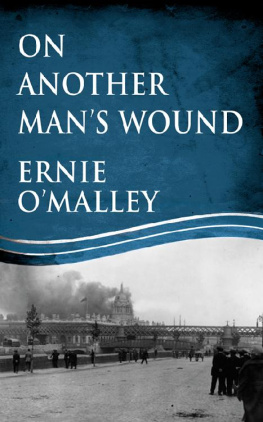

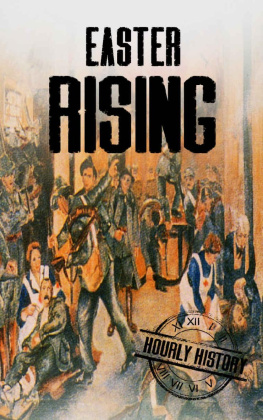
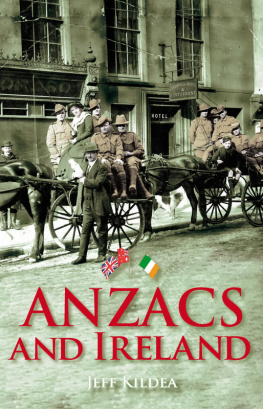

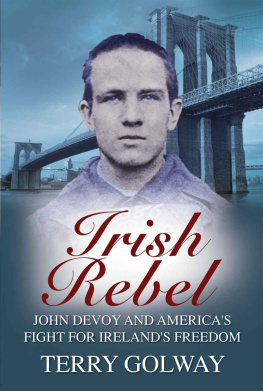
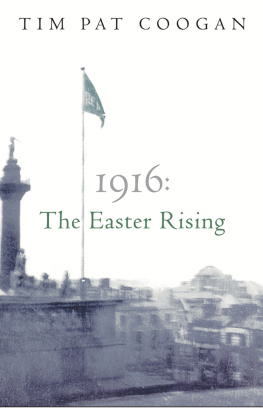
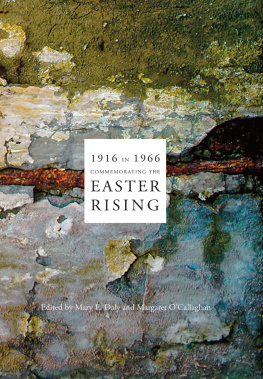
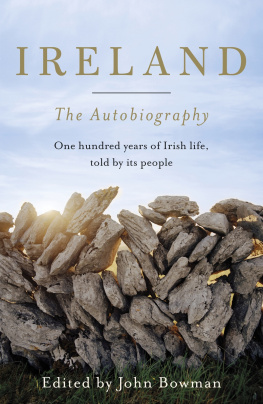
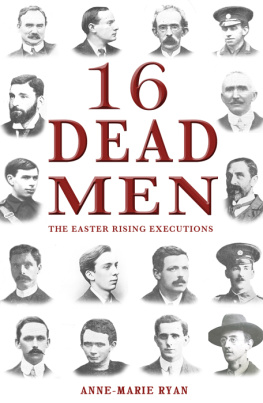
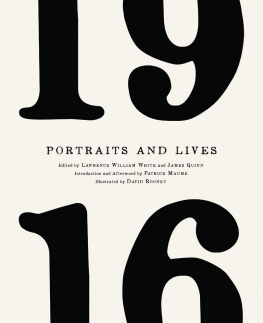

 www.mercierpress.ie
www.mercierpress.ie http://twitter.com/IrishPublisher
http://twitter.com/IrishPublisher http://www.facebook.com/mercier.press
http://www.facebook.com/mercier.press